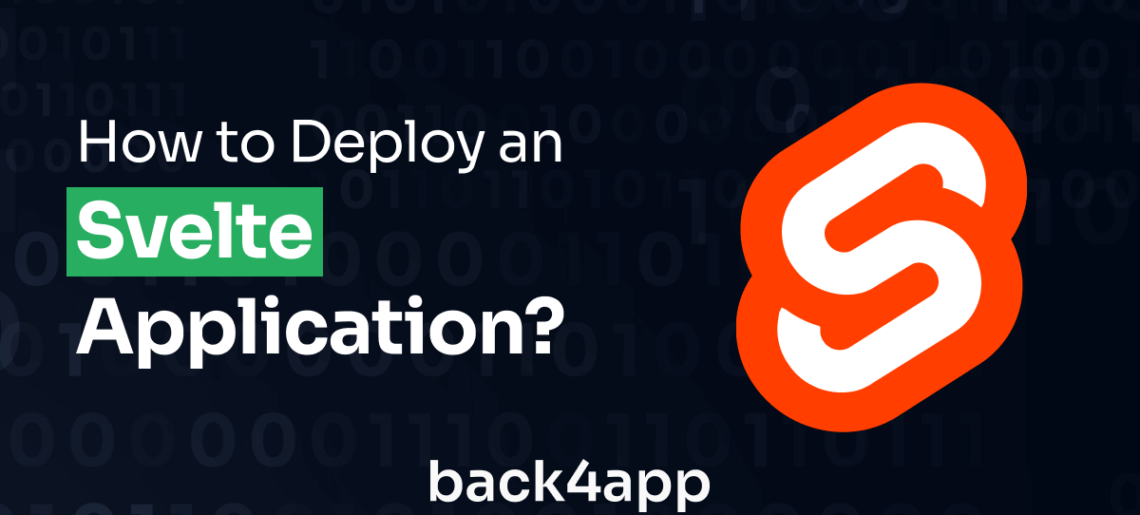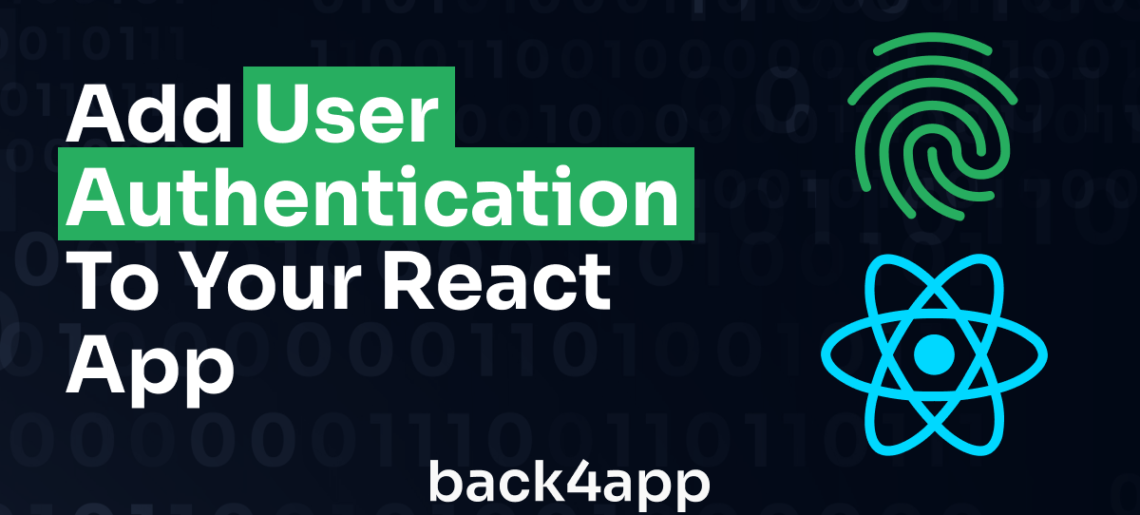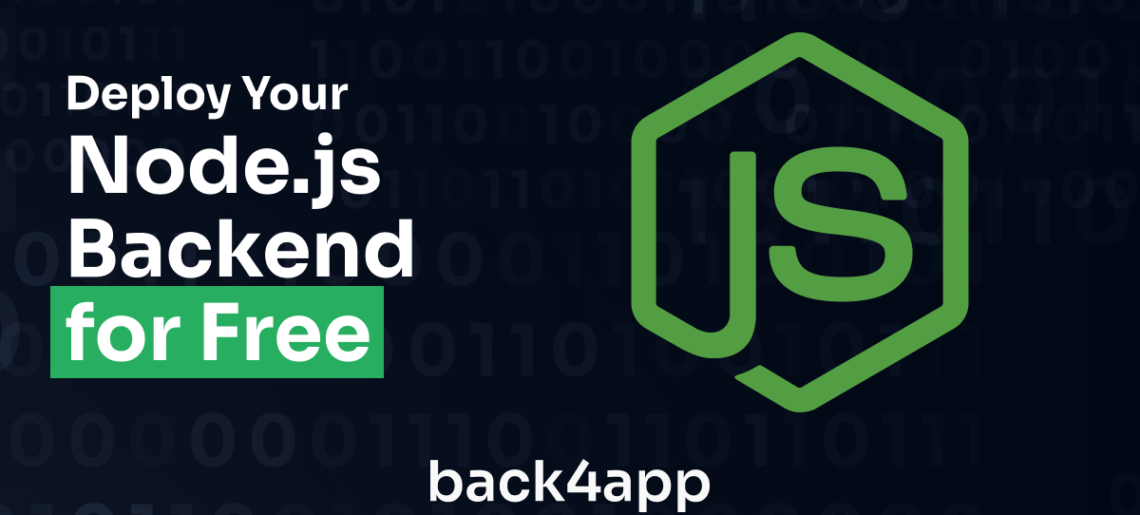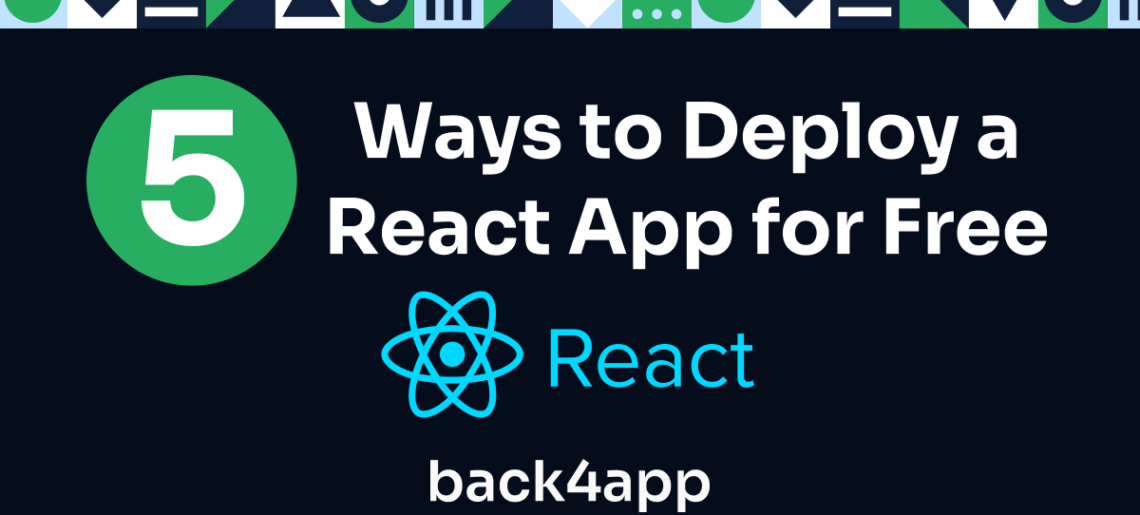A “scalable” backend is a backend that can handle increased load without a considerable decline in performance.
Building a scalable backend involves several processes and considerations, such as database design and deployment strategy.
In this article, you will learn how to build a scalable backend with the help of artificial intelligence (AI).
Read More







